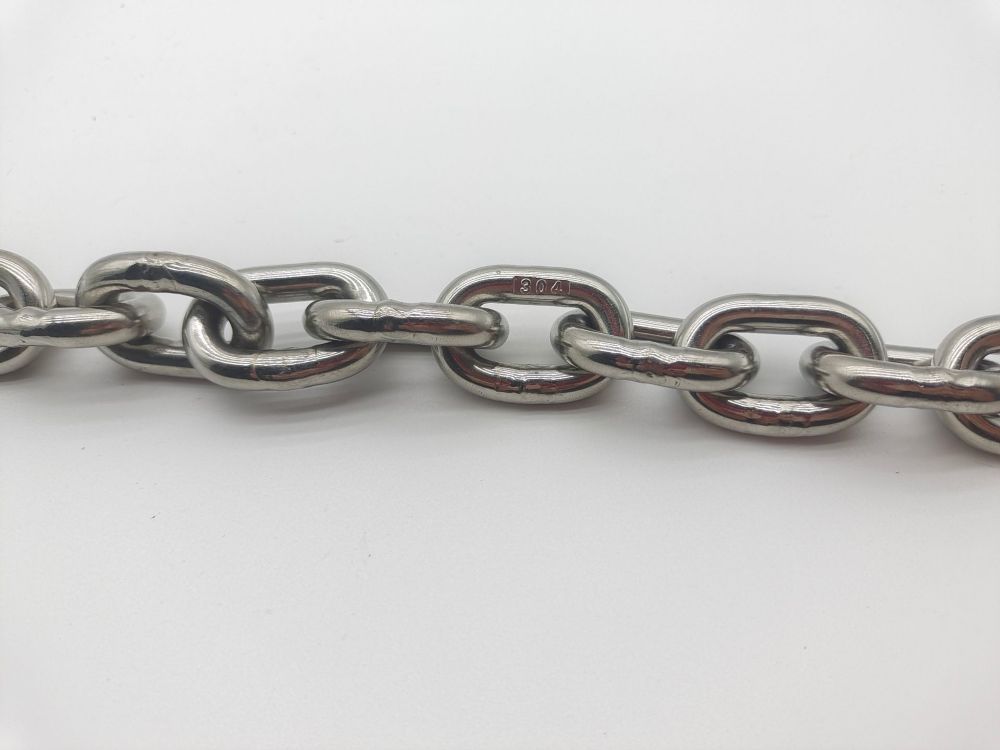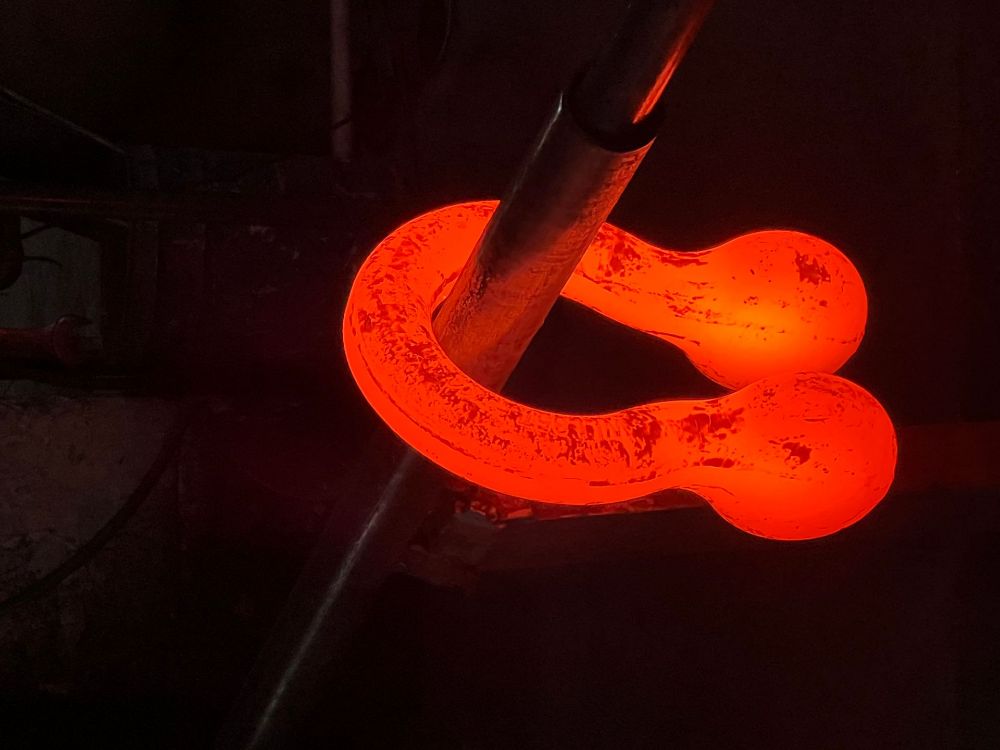Wire rope is a crucial element in various industries, including construction, mining, maritime, and transportation. It consists of multiple strands of metal wire twisted or braided together to form a strong and flexible rope capable of handling heavy loads. Here is more detailed information about wire ropes:
Construction:
Strands: Wire ropes are typically made up of individual wires twisted together into strands. These strands are then twisted or braided around a core to form the complete wire rope.
Core: The core of a wire rope provides support to the strands and helps maintain the shape and strength of the rope. Cores can be fiber (natural or synthetic) or steel.
Lay: The lay of a wire rope refers to the direction and type of twisting in the strands. Common types of lays include regular lay (spirals of the wires run in the same direction as the strands) and lang lay (spirals of the wires run in the opposite direction of the strands).
Types of Wire Ropes:
Wire Rope Classifications:
6x19: A common type with 6 strands and 19 wires per strand.
6x36: Consists of 6 outer strands with a total of 36 wires.
7x7: Flexible rope with 7 strands and 7 wires per strand.
7x19: More flexible than 7x7, with 7 strands and 19 wires per strand.
Specialized Wire Ropes:
Fiber Core: Lighter weight and more flexible, used in applications where flexibility is crucial.
Independent Wire Rope Core (IWRC): Consists of a separate wire rope core for increased strength and durability.
Compacted Wire Rope: Compressed during manufacturing for increased strength and resistance to abrasion.
Plastic-Coated Wire Rope: Provides enhanced protection against wear and corrosion.
Applications:
Lifting and Rigging: Wire ropes are commonly used for lifting and rigging operations in construction, mining, maritime, and industrial settings.
Transportation: Wire ropes are used in cable cars, ski lifts, elevators, and suspension bridges for safe and reliable transportation.
Maritime Industry: Wire ropes are essential for ship mooring, towing, and anchoring applications due to their strength and durability.
Oil and Gas Industry: Wire ropes are utilized in drilling operations, offshore platforms, and pipeline installations.
Maintenance:
Regular inspection and maintenance are crucial to ensure the safety and longevity of wire ropes. This includes checking for wear, corrosion, broken wires, and proper lubrication.
Wire ropes are versatile and reliable components essential for numerous applications requiring strength, flexibility, and durability. Proper selection, installation, and maintenance of wire ropes are essential to ensure safety and optimal performance in various industries.











